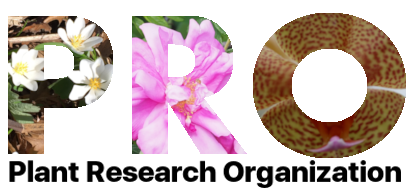In the depths of the Amazon locals keep the secrets to the elixirs of the forest. Ethnobotany has been very influenced by this image, which is founded on a reality that accounts for tropical biodiversity, cultural practices and wisdom, but is perhaps limited. The indigenous population of the Americas and their traditions have been on a race to be documented before their way of life is lost to the apocalyptic tone of the Americas’ industrial life, yet what do we know of our current practices? With the advent of pharmaceutical companies, this pursuit has become a frantic attempt to capitalize off of nature’s gifts or control its fate. Where this profit is not apparent, there is lack of interest and lack of appreciation.
One of the great modern ethnobotanical epics: Opiates, well known for being over-prescribed and then becoming addictive and abused, are a collection of chemicals, natural and synthetic, which interact with the human body and are used to treat pain. Opium poppy, Papaver somniferum,was the conduit in delivering us morphine, a naturally occurring opiate in the secretions of P. somniferum. This discovery was very important for treating the wounded during the atrocities of war. By way of P. somniferum and countless plants, the pharmaceutical industry has extrapolated a complex chemical scheme from the essences of plants. These mean to aid their effectiveness, but unfortunately have also been driven to change in the pursuit of patents and market share. The list of opiates now grows longer, but the charitable P. somniferum remains a relic and a cash crop to illicit industries in countries such as its native regions encompassing countries like Afghanistan and introduced plantations in far away lands like Mexico.
Ethnobotany now serves various agendas, some of which are concerned with the historic, technique/methodologies, but others that are in pursuit of control. For ethnobotany to transform in the mind of the educated consumer, an extra-temporal or multifaceted approach must be considered. Not only can ethnobotany dig into ancient and isolated customs, but it can also help us understand our modern relationship to nature.
Across the Americas, plants and agriculture have played a role in civilization for perhaps thousands of years before the arrival of Columbus and the eventual arrival of humans from every continent. Today is no different in that these interests and activities have an enormous role in determining the future. A botanical-archeological venture involving the civilizations of the Mississippians, now a ruined collection of mounds, is equally as relevant as an analysis of the fate of stressed lands in the United States of America and the other industrially-farmed countries in the Americas.
Perhaps ethnobotany can be the study of contemporary practices in addition to its history. There is a dangerous concept that some place/time can be “culture-less”. It is the concept that eliminates the present place from becoming a place of interest. It is the obscure and the exotic that drives the massive excitement behind the field of ethnobotany, but perhaps this can change. The conscious archival of present-day information will allow the intrigue of the modern age to entertain the future. For ethnobotany, the present is as important as the past.

